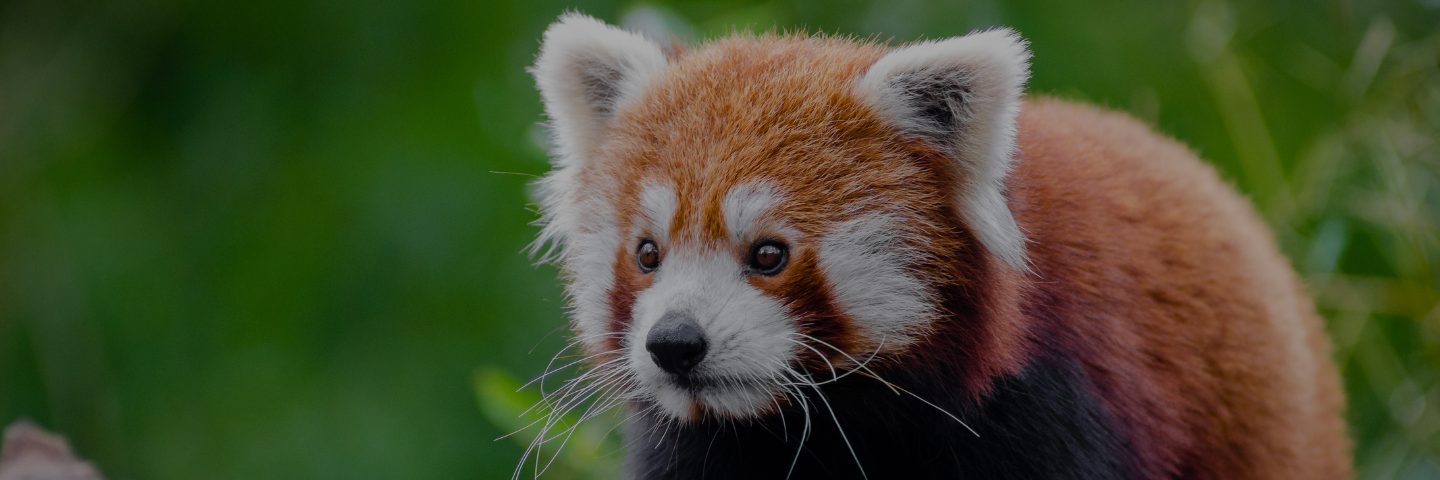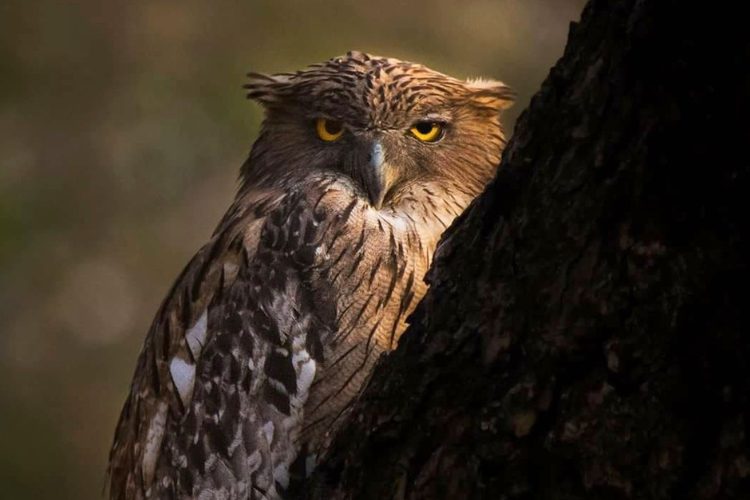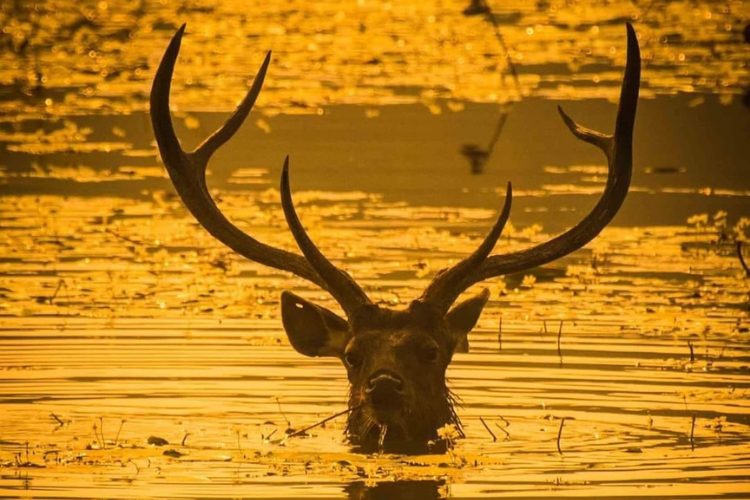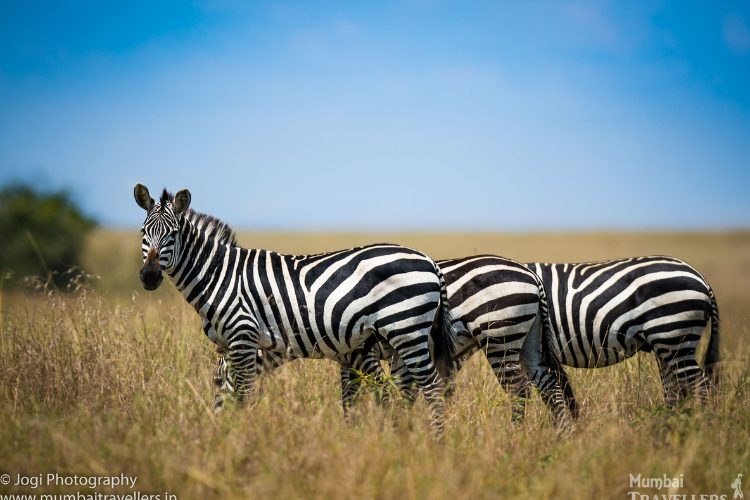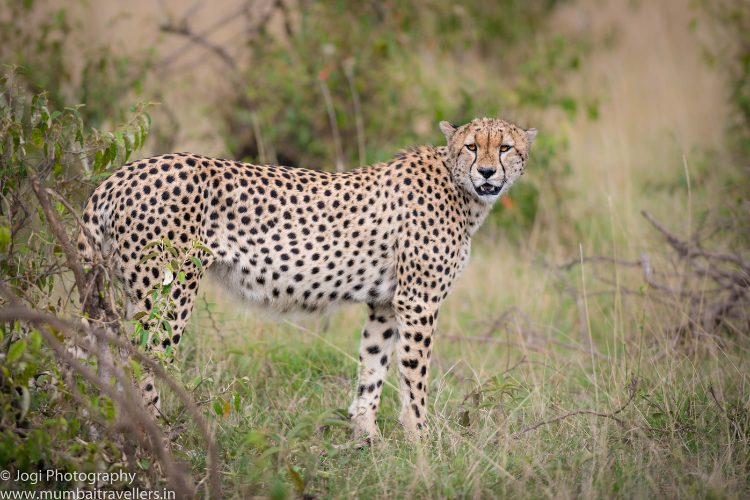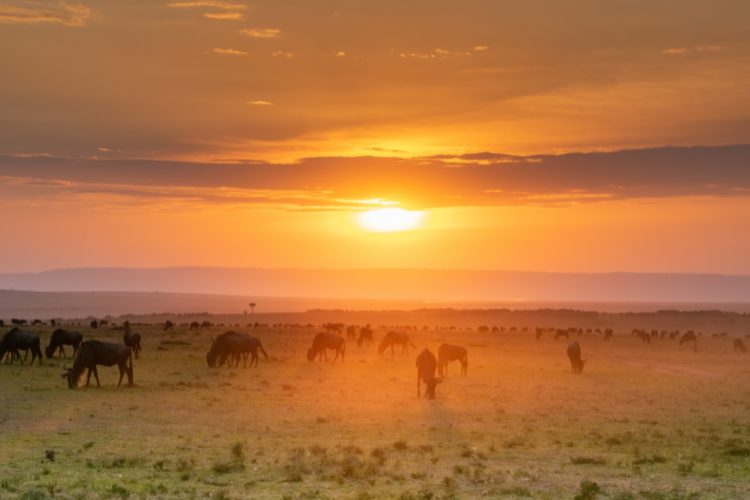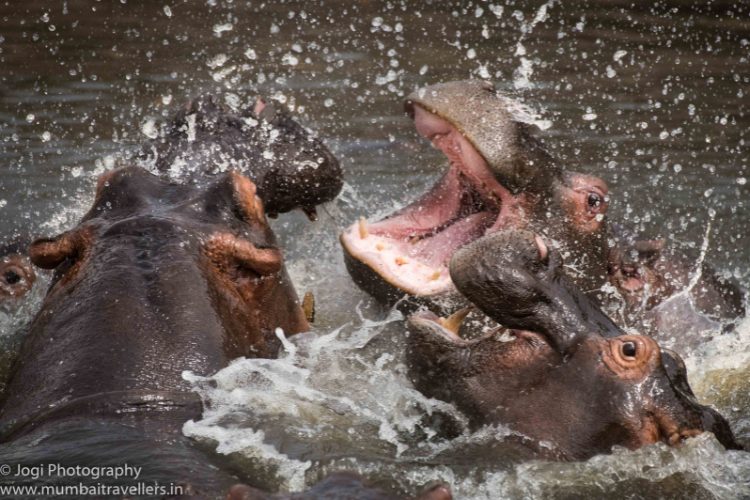The incandescent views of the eastern jungles are strange and inspiring. One such jungle of the east is Singalila National Park, located in West Bengal along the Eastern Himalayas. The park is celebrated for being one of the few remaining places on earth where you can spot the exotic red panda and Himalayan black bear. The virgin and verdant forests and the breathtaking views of the gigantic Himalayas stretching from Nepal to Bhutan make this park a definite visit for all nature lovers. The rich and diverse flora and fauna of the land coupled with the stunning views like the magnificent Kanchenjunga Massif adorn the national park. The park is the hub of exciting activities like wildlife photography and the nationwide famous trekking route to Sandakphu. Between the exotic wildlife, lovely views and various fun activities, travellers can expect a mind-bogglingly amazing time at Singalila National Park.
Good To Know
Country
India
Country
State
India
West Bengal
Country
Nearest Airport
India
Bagdogra Airport
Country
Wildlife Sighting Index
India
6/10 for Red Panda
Country
Beauty of Forest Index
India
10/10 Beauty of Forest
Country
Standard of Infrastructure Index
India
6/10 Stay & Amenities
Country
Bookings Open
India
60 Days in Advance
History of Singalila National Park
Singalila National Park is located at an elevation of 7000 ft. above sea level in the Darjeeling district of West Bengal. The Singalila forest was bought on lease by the British Government from the King of Sikkim. This 78.6 square kilometres of protected land was declared a wildlife sanctuary after India’s independence and later, in 1992, established as a national park. The geographic location of the park is such that it has been used as a trekking route from Manebhanjan to Sandakphu, the highest peak of West Bengal, for a long time. The name “Singalila” stems from the Singalila spur that covers the park, stretching from Mount Kanchenjunga in the north to the northern edges of Gangetic Plains in the south.
Flora of Singalila National Park
The park is blessed with superfluous flora and fauna, the forests are mostly temperate and alpine. As you trek through the park you will pass through a variety of forests. However, the dominating flora includes Bamboo, Oak, Mongolia, Rhododendron, Premulia, Bistort and more. From March to April, several colourful flowering plants along with almost 20 different types of Rhododendrons bloom into a gush of vibrant colours. Meanwhile, the months of October to November witness an ostentatious growth of a variety of Orchids. Almost 600 varieties of orchids bloom in Singalila, the highest concentration in any single location in the entire world. Another spectacular event in these months is the ornamental primulas that bloom across the lower forest areas like carpets of flowers.
- Himalayan cobra lilies
- Bamboo
- Oak
- Magnolia
- Rhododendron
- Primula
- Geranium
- Saxifraga
- Bistort
- Senecio
- Cotoneaster
Fauna of Singalila National Park
The fauna of Singalila is rich just like the flora, moreover, certain exotic and rare high-altitude animals are also found here. The rarest and most celebrated animal of the Singalila forest is the red panda. This cute herbivore is mostly seen climbing trees or devouring the bamboo leaves and fruits. A survey in 2015 showed that only 32 of these red pandas were remaining in the area, thus spotting this elusive animal is truly based on luck. Himalayan black bear, barking deer, yellow-throated martens and pangolins are among other fascinating animals in the Singalila forest. The barking deer are adorable creatures, they look like small deer but have rough bark. Elusive big cats like clouded leopards are also frequently sighted here and are part of the Singalila predator population.
Just like mammals, at Singalila you can also spot some local amphibians and reptiles. There are over 350 species of birds dotting the clear skies of the forest. Of these 350, five species are globally threatened and a birdwatcher’s delight. The high altitude of the Himalayan ranges dictates the avifauna of the region, most birds that you will come across will be high-altitude or Indo-Burma specific.
- Himalayan newt
- Himalayan Vulture
- Scarlet minivet
- kalij pheasant
- blood pheasant
- Satyr tragopan
- brown parrotbill
- fulvous parrotbill
- rufous-vented tit
- Old World babblers
- fire-tailed myzornis
- golden-breasted fulvetta
- red panda
- leopard cat
- barking deer
- yellow-throated marten
- wild boar
- pangolin
- pika
- Himalayan black bear
- leopard
- clouded leopard
- serow
- tigers
For Package Details & Enquiry
Explore The Known and Unknown Singalila National Park
The mind-blowing vistas of this steep mountainous forest are a treasure to cherish. Once in Singalila, you will find many things to engage in as you explore the alpine forests, meadows, orchids and mysterious pathways. One of the best things to do while in the park is to tour the entire park. Spot the stunning wildlife, watch the orchids and verdant forests bloom along your way, play hide and seek with the adorable red pandas, and brace yourself for a face-off with the Himalayan Black bear or the clouded leopard.
There are multiple vibrant birds speckled across the blue sky of Singalila that cannot be seen on low plains. These mountainous and Indo-Burma species of birds will be a very pleasant surprise for birders in the forest. There is a gravel road that meanders along with every nook and cranny of the park. Whether you trek through the park or opt for a Jeep Safari (a more popular option), you cannot stray from the gravel path as the steep slopes of the thick forest are dangerous otherwise. A Jeep or a Land Rover can be rented from Manebhanjan, a small town on the Singalila Ridge. You can even have the tour operator in the region arrange a ride for you or help you book a guide to explore the park. Moreover, Singalila is a haven for trekkers. There are even government-funded trekkers huts in the area that passersby can rest in. The world-famous trek to Sandakphu and Phalut from Manebhanjan is a must for every tourist.
If you wish to only focus on the marvellous scenery of the trek, you can opt for a Jeep ride along this path or you can even choose the 3-day trek from Manebhanjan to Manebhanjan. The panoramic vistas of the gigantic Himalayas, vast forests, awe-inspiring sunrises and sunsets are all part of the unparalleled experience you can only enjoy on this trek. While birdwatching in this distinct ecosystem, you will require special permits from the Forest Officials for walking on non-designated trails.
Singalila National Park Safari Booking
The Jeep Safari is designed to help tourists breathe in the beauty of lofty pine trees, vibrant rhododendrons, and stretches of greenery and especially, witness the clear view of the surrounding peaks during winter. This exciting Safari begins in the town of Manebhanjan and drives you through the local Gorkha Villages and up to the highest peak of West Bengal and Phalut. The fare for the Safari can vary depending on how you arrange it.
How to reach Singalila National Park
The nearest town to Singalila is Manebhanjan. Travelling to the town or the park directly are both easy affairs, as the town is well connected to major cities and a simple car ride can take you to the park from Manebhanjan. Travellers choosing to fly into the area can fly directly to Bagdogra International Airport. It is the closest airport to the park and only a 4-hour car ride is needed to reach your destination. The nearest railway head is Ghum, which is at a distance of 13 km from Tonglu (starting point of the park). Only West Bengal will have trains connecting directly to Ghum. You can take a train to NJP (New Jalpaiguri Junction) railway station and then request a transfer from there. Once in Ghum, you can travel to the park via rental cars, cabs or a taxi. If you enjoy a long drive on the road, you’re in luck, because Singalila National Park is well connected via motorways to all the major cities in West Bengal. The route you will have to take if driving from New Delhi is the NH-27.
Resorts at Singalila National Park
Due to the remoteness of the region, accommodation is a slightly tricky affair. However, tourists have countless options of stay regardless. You can opt to stay in a homestay or lodge within the park or somewhere nearby like Manebhanjan and Darjeeling. Server trekker’s huts and lodges are available at Gairibas Kamalpokhari, Sandakphu, Phalut, Molley, Gorkey, Srikhola, Rammam and Rimbik. Accommodations, despite not being premium quality, are comfortable, offering a relaxing stay, local food and basic amenities. Some lodges inside the park include GTA Trekkers Hut, Silent Valley Homestay, Rammam Homestay, New Singalila Park Homestay and Habre’s Nest. Some popular choices of stay near the park include Golden Orchid – The Lodge, Villa Everest and Summit Swiss Heritage Resort & Spa.

